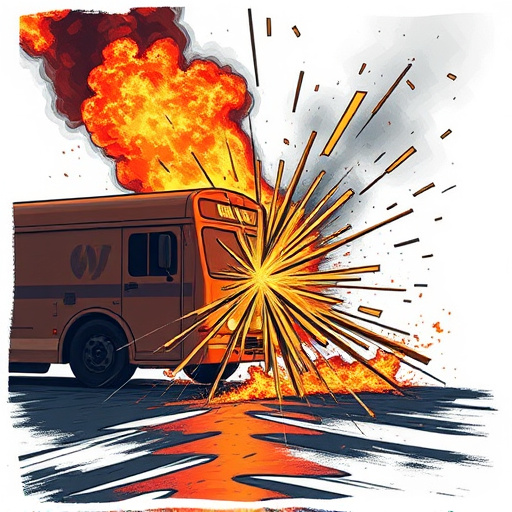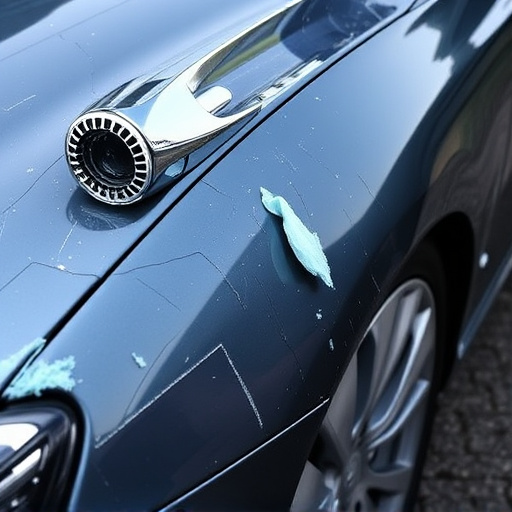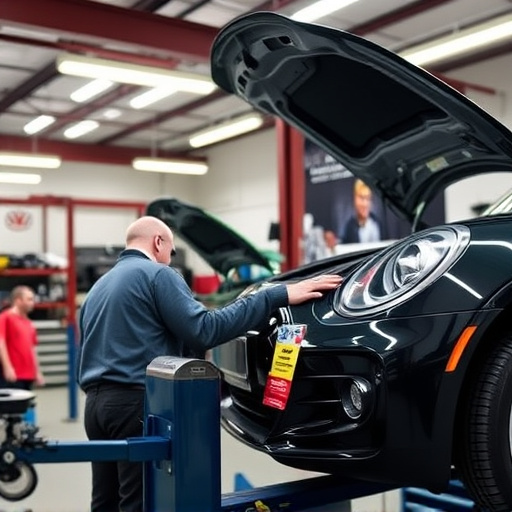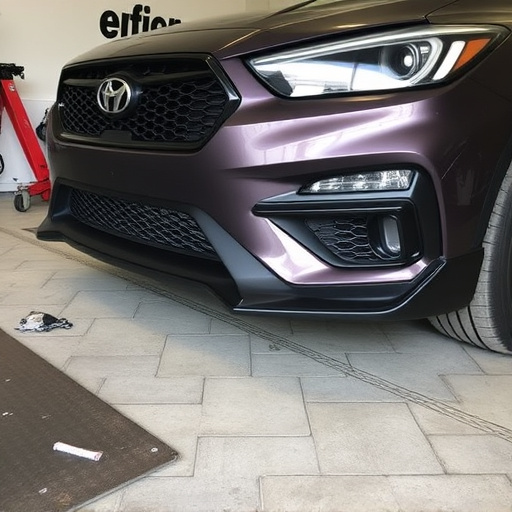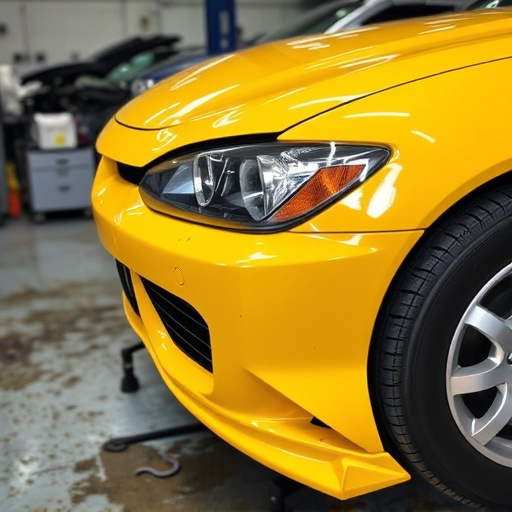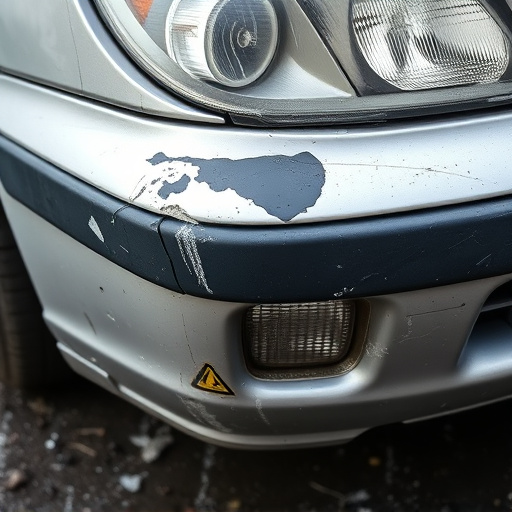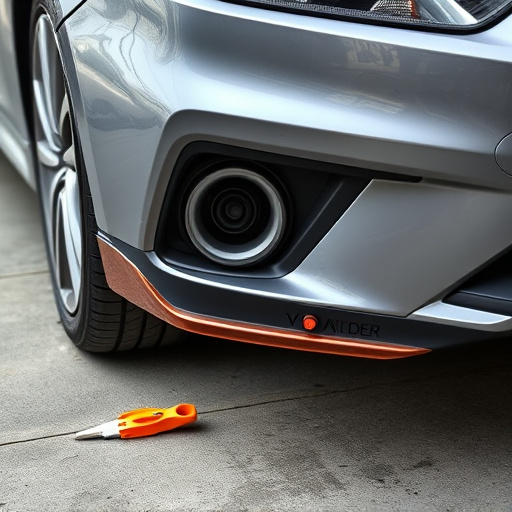The four-stage paint system revolutionizes car paint repair with a streamlined process: surface prep, color coat, clearcoat, and quality control. This method significantly reduces repair times, enhances efficiency, and ensures precise, high-quality finishes, particularly in dent repair and vehicle restoration.
“Discover how the innovative four-stage paint system revolutionizes automotive repair and restoration processes. This advanced architecture, designed for efficiency, encompasses distinct stages: material preparation, application, curing, and finishing. Each stage is crucial in ensuring superior results and faster turnaround times.
Explore the step-by-step process of material prep and application, understand the system’s impact on repair efficiency, and learn why this method is transforming the industry.”
- Understanding the Four-Stage Paint System Architecture
- Material Preparation and Application: A Step-by-Step Process
- Optimizing Repair Time Frames: The System's Impact and Efficiency
Understanding the Four-Stage Paint System Architecture

The four-stage paint system is a sophisticated architecture designed to streamline the car paint repair and restoration process in top-notch car repair shops. This system meticulously breaks down the intricate process into four distinct phases, each serving a crucial role in ensuring optimal results. The first stage involves surface preparation, where the damaged area is thoroughly cleaned, sanded, and primed to create a smooth base for the subsequent layers.
Transitioning to the second phase, skilled technicians apply the color coat, carefully matching the original shade and achieving a flawless finish. This is followed by the clearcoat application in stage three, providing protection and enhancing the overall appearance. Finally, in the fourth stage, quality control checks are conducted to guarantee precision and adherence to high standards. This systematic approach revolutionizes car paint repair, significantly reducing turnaround times without compromising on the quality of restoration in car repair shops.
Material Preparation and Application: A Step-by-Step Process
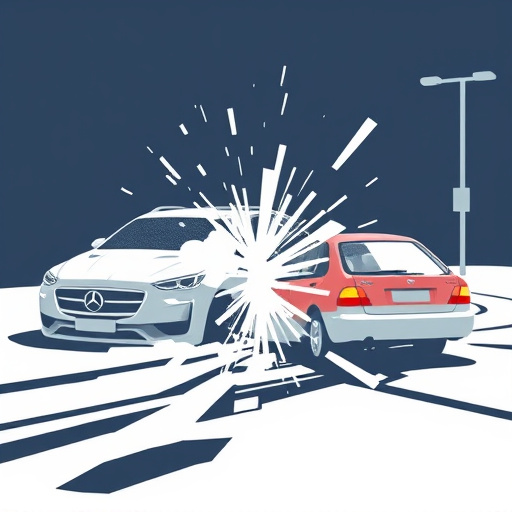
The initial stage of the four-stage paint system involves meticulous material preparation and application. This process begins with surface cleaning to ensure no contaminants or debris remain on the automotive body shop’s workpiece, a crucial step that lays the foundation for successful auto painting. The surface is then thoroughly sanded and primed, creating a smooth, even base that enhances adhesion of subsequent layers.
In this step, skilled technicians employ specialized tools and techniques tailored to the auto repair’s needs. They carefully apply primer, using an even coat to mask imperfections and provide a uniform starting point for colorant application. Once dry, the surface is inspected for any necessary touch-ups or adjustments before proceeding to the next phase of the four-stage paint system—color base coating.
Optimizing Repair Time Frames: The System's Impact and Efficiency
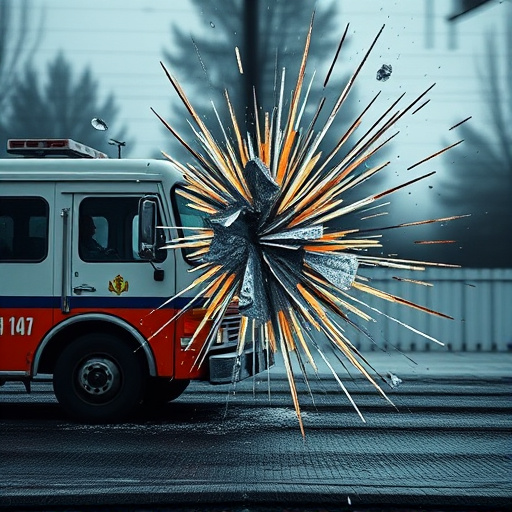
The four-stage paint system has revolutionized the landscape of auto body repairs, particularly in car restoration and dent repair processes. By meticulously breaking down the painting process into four distinct stages – preparation, priming, painting, and clear coating – this system optimizes efficiency and quality control. Each stage is crucial in ensuring a seamless blend and durable finish, ultimately reducing repair time frames significantly.
This structured approach allows for more precise application of paint, minimizing errors and touch-ups commonly associated with traditional methods. Moreover, the use of advanced materials and techniques during each phase, such as the application of primers to seal and protect damaged areas, contributes to faster drying times and stronger adherence. As a result, car dent repair that was once time-consuming and prone to rework can now be accomplished more efficiently, giving way to a smoother and quicker restoration process for vehicles.
The implementation of a four-stage paint system revolutionizes repair processes, significantly reducing time frames. By meticulously orchestrating material preparation, application, and optimization, this system ensures efficient and high-quality results. Embracing this innovative architecture not only streamlines repairs but also enhances the overall aesthetic and durability of surfaces, making it an indispensable tool for any professional looking to excel in their craft.



